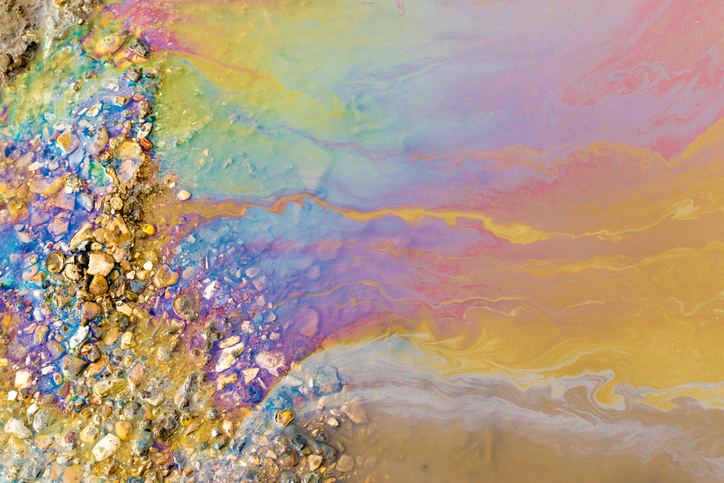The Solution To Pollution Is Not Always Dilution
21 Gen 2020

As a scientist you may have been trained to use radioactive elements in your experiments, and you were probably taught that it is ok to pour your waste materials down the sink (and let dilution take care of any nasty effects).
In fact, this approach is widespread. Dilution is one of the most common method for dealing with many kinds of waste, across a wide range of industrial, agricultural and domestic sources. However, despite its frequent promotion, dilution probably isn’t the solution. With the risks posed by pollution continuing to threaten our environment, we need to look to science to help us find better ways to deal with waste materials.
When Dilution Isn’t Enough
There are several problems with assuming that dilution will remove any threats posed by contaminants in the environment. For example, lab tests might show that dilution can reduce the activity of a contaminant to insignificant levels, but the environment is a lot more complicated and dynamic than the lab. At times, scientists have been surprised that pollutants can still cause problems in the environment, even when present at very low levels. What’s more, the diversity of man-made compounds only continues to expand, and many are specifically designed to have effects at low concentrations (e.g. medicines). Put simply, the problem is likely to get worse, not better. That is, unless we take actions now to better understand these contaminants and how they can affect our environment (even when present at very low levels).
Innovation In Monitoring And Analysis
So what should we do? Fortunately, scientists are working on a number of innovative solutions to help us monitor, understand and manage low level contaminants. Many of these revolve around finding new ways to detect them (even when they are only present as a single particle among a billion others). Not only is this an effective way to better understand how active compounds such as medicines and pesticides might truly behave when released into our environment, the technology behind these detection systems has other uses. For example, it might also facilitate the development of ‘early warning systems’ for identifying other pollutant spills, before they have a chance to get out of hand and cause widespread damage.
When A Single Particle Is Significant, You’d Better Be Sure Your Reagents Are Pure
If you’re looking for low concentration contaminants using the most sensitive techniques, you need to make sure you don’t accidentally introduce any contaminants into the process. It’s a bit like making sure your spaceship is completely free of bacteria and other life forms before you go looking for life on another planet (after all, you don’t want to bias your results). This means using the highest quality reagents available, and ensuring that all samples and reaction mixtures are diluted in ultra-pure water.
In fact, ultra-pure water is an essential ingredient in most modern environmental research. Recently, scientists across the world have been using it for everything from dissolving atmospheric samples gathered from the Antarctic, to looking for volatile organic compounds in biologically active sludge. To read more about these interesting and important research projects, download our “Going Green” e-magazine today.
